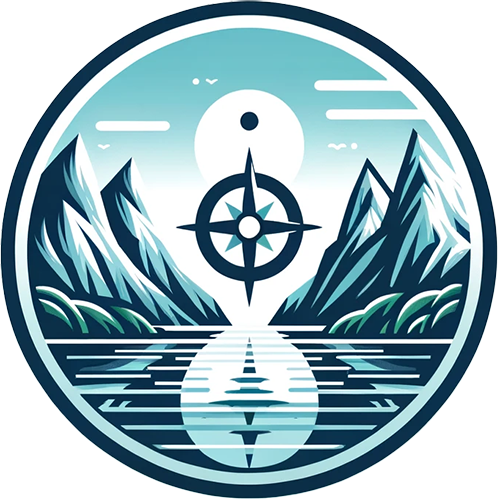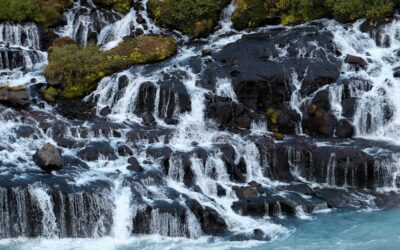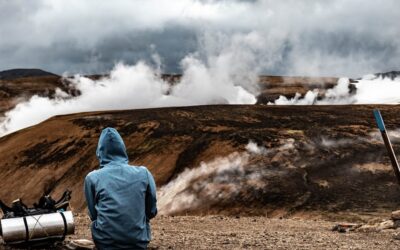Iceland is a country steeped in history, mythology, and unique cultural traditions. Its rich heritage is woven into the very fabric of the landscape, from the ancient ruins at Thingvellir National Park to the interactive exhibits of the Settlement Exhibition in Reykjavik. Icelandic culture is a blend of centuries-old traditions and modern-day innovation, shaped by its isolation, Viking past, and deep connection to nature.
In this guide, we’ll explore some of the best ways to immerse yourself in Iceland’s cultural experiences, from visiting museums and historic sites to celebrating traditional festivals.
Icelandic Museums: A Window into the Past
Iceland’s museums offer visitors the chance to explore its fascinating history, from the Viking Age to contemporary times. Whether you’re interested in archaeology, art, or folklore, there’s a museum in Iceland that will pique your curiosity.
1. The National Museum of Iceland
The National Museum of Iceland in Reykjavik is the best place to start your cultural journey. Founded in 1863, the museum houses a vast collection of artefacts that span more than 1,200 years of Icelandic history, from the Viking Age to the present day. Its permanent exhibition, “Making of a Nation – Heritage and History in Iceland,” provides a comprehensive overview of the country’s development, focusing on its political, cultural, and religious evolution.
Highlights:
– Þjóðveldisbærinn: A replica of a Viking Age longhouse, offering insight into the lives of Iceland’s early settlers.
– Medieval artefacts: Including swords, jewellery, and religious relics that reflect Iceland’s medieval Christianisation.
– Photographs and paintings: Providing a glimpse into Iceland’s 19th and 20th-century life.
2. The Settlement Exhibition
Located in Reykjavik’s city centre, the Settlement Exhibition provides a captivating look at Iceland’s early settlers through archaeological finds and interactive displays. The exhibition is built around the ruins of a Viking longhouse dating back to the 9th century, offering a tangible connection to Iceland’s past.
Highlights:
– Excavated longhouse ruins: Visitors can walk around the preserved ruins of this ancient structure.
– Multimedia displays: Touchscreen exhibits and 3D models that bring the Viking Age to life.
– Artefacts: Viking tools, weapons, and everyday items discovered during excavations.
The Settlement Exhibition is perfect for anyone interested in Iceland’s Viking heritage and the early days of human habitation on the island.
3. The Icelandic Saga Museum
No exploration of Iceland’s cultural heritage is complete without delving into its sagas—epic tales of heroes, battles, and Viking voyages. The Icelandic Saga Museum, located in Reykjavik, brings these stories to life through life-size figures, detailed dioramas, and audio guides. The museum recreates pivotal moments from the sagas, offering visitors a chance to learn about legendary characters such as Erik the Red and Leifur Eiríksson.
Highlights:
– Recreations of saga scenes: Experience key moments from Iceland’s history through lifelike displays.
– Interactive exhibits: Visitors can dress up in Viking clothing and hold replicas of Viking weapons.
– Audio guide: Available in multiple languages, providing detailed explanations of the sagas and their significance.
Historic Sites: Where Iceland’s Past Comes Alive
Iceland’s natural landscapes are home to some of its most significant historical sites, where visitors can step back in time and experience the country’s heritage firsthand.
1. Thingvellir National Park
Thingvellir National Park is not only one of Iceland’s most beautiful natural areas but also one of its most historically significant. It was here, in 930 AD, that Iceland’s first national parliament, the Althing, was established, making it the oldest existing parliament in the world. Thingvellir remained the site of the Althing for over 800 years, and today it’s a UNESCO World Heritage Site.
Highlights:
– The Almannagjá gorge: The meeting point of the North American and Eurasian tectonic plates, where the Althing sessions were held.
– Lögberg (Law Rock): Where chieftains would gather to recite laws and make decisions.
– Thingvellir Church: A small church located within the park that dates back to the 11th century.
Thingvellir is also known for its striking geology, including fissures, waterfalls, and the famous Silfra rift, where visitors can snorkel or dive between tectonic plates.
2. Glaumbær Turf Farm
For a glimpse into Iceland’s rural past, head to the Glaumbær Turf Farm in Skagafjörður, a traditional Icelandic turf house that has been preserved as a museum. The farm dates back to the 18th century and offers insight into how Icelanders lived before modern infrastructure.
Highlights:
– Turf houses: These distinctive homes, built with layers of grass and soil, were designed to insulate against Iceland’s harsh winters.
– Furniture and tools: Exhibits include traditional household items, tools, and furnishings used by early Icelandic farmers.
A visit to Glaumbær provides a fascinating look at Icelandic rural life before the 20th century and how people adapted to the island’s challenging environment.
Traditional Festivals: Celebrating Icelandic Culture
Iceland’s festivals offer visitors the chance to immerse themselves in local traditions, music, food, and folklore. From ancient Viking celebrations to modern music festivals, these events showcase the best of Iceland’s cultural heritage.
1. Þorrablót
Þorrablót is an Icelandic midwinter festival that dates back to pagan times. Held in January and February, this traditional feast celebrates the old Norse god Thor and marks the survival of winter. During Þorrablót, Icelanders feast on traditional foods, many of which are based on ancient preservation methods like fermentation and curing.
Traditional Þorrablót Foods:
– Svið: Boiled sheep’s head.
– Hákarl: Fermented shark.
– Hrútspungar: Preserved ram’s testicles.
– Brennivín: Iceland’s signature schnapps, often referred to as “Black Death.”
While these dishes may seem unusual to foreign visitors, Þorrablót is a fun and festive way to experience Iceland’s cultural heritage, with feasting, storytelling, and traditional music.
2. Reykjavik Arts Festival
For a more modern cultural celebration, the Reykjavik Arts Festival is one of Iceland’s premier events. Held annually in May, the festival showcases a wide range of artistic performances, including visual arts, music, theatre, and dance. The festival attracts artists from around the world and offers a platform for Icelandic creatives to display their work.
Highlights:
– Performances: Concerts, theatre shows, and contemporary dance performances are held throughout the city.
– Art Exhibitions: Galleries and public spaces across Reykjavik host exhibitions featuring Icelandic and international artists.
– Interactive installations: Many exhibits invite audience participation, offering an engaging way to experience Icelandic art.
3. National Day (Þjóðhátíðardagurinn)
Iceland’s National Day, celebrated on June 17, marks the country’s independence from Denmark in 1944. The day is filled with patriotic celebrations, parades, and public speeches, and Reykjavik’s streets come alive with music, dance, and performances.
Highlights:
– Parades: Floats and marching bands fill the streets of Reykjavik and towns across the country.
– Family-friendly activities: Puppet shows, concerts, and street performances entertain people of all ages.
– Fireworks: The day typically ends with a grand display of fireworks.
Conclusion
Iceland’s cultural experiences offer a fascinating window into the country’s rich history, traditions, and modern creativity. From exploring ancient Viking ruins and interactive museums to participating in traditional festivals, there are countless ways to immerse yourself in Iceland’s heritage.
Whether you’re a history buff, an art enthusiast, or a festival-goer, Iceland’s culture is as diverse and captivating as its landscapes. A visit to this island nation is not complete without discovering the deep-rooted traditions and vibrant artistic expressions that make Iceland truly unique.





0 Comments